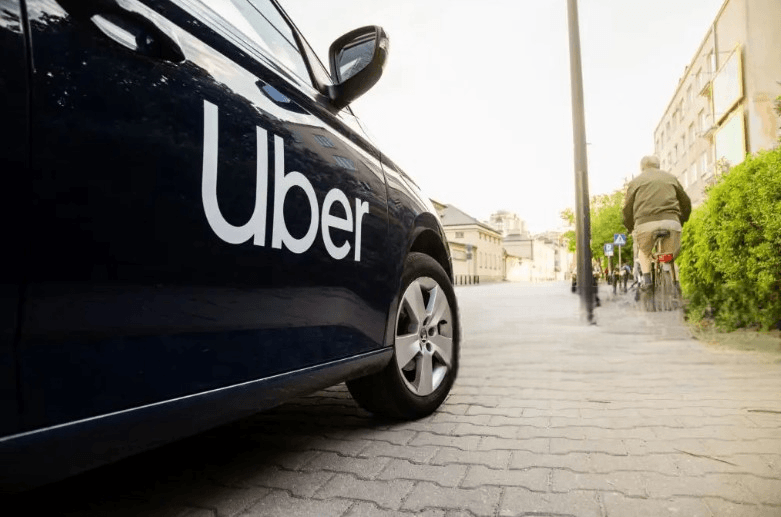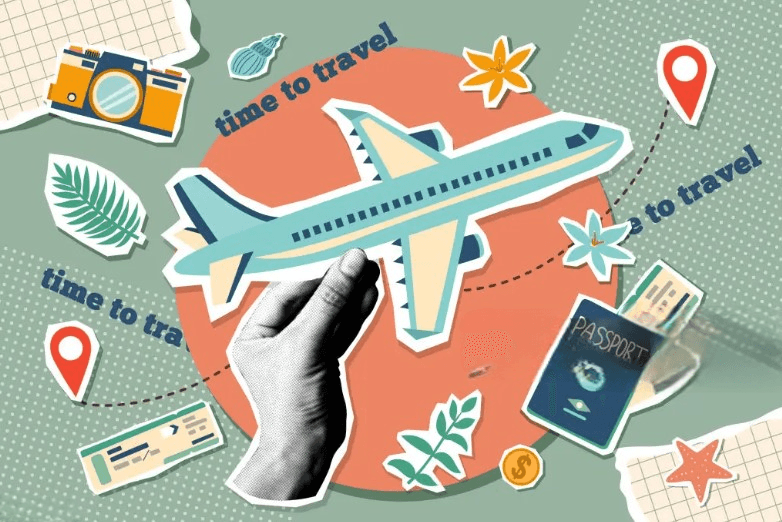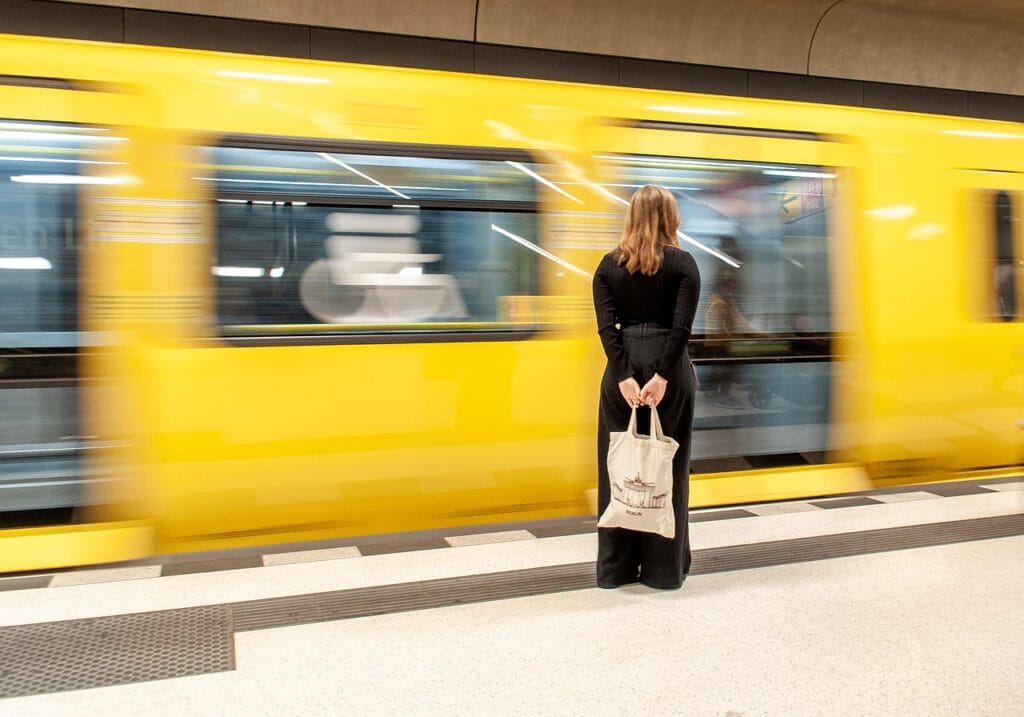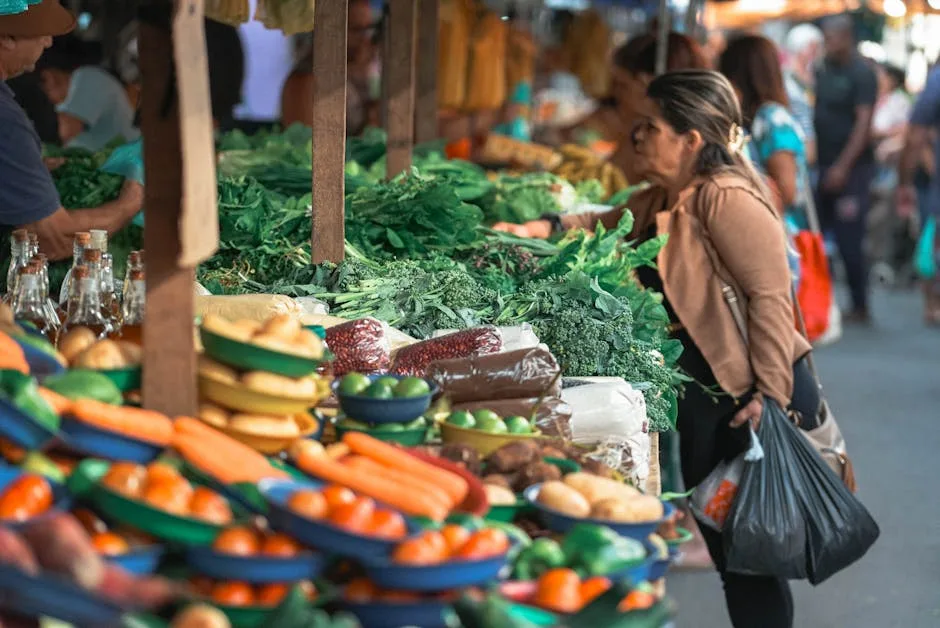Understanding the Brazilian Public Transport System
The Brazilian public transport system is characterized by its diversity and extensive reach, especially regarding bus transportation, which forms the backbone of both urban and intercity travel. Buses are the most common means of transport in major cities like São Paulo, Rio de Janeiro, and Brasília. These cities boast comprehensive networks that enable residents and visitors alike to navigate their urban landscapes efficiently.
In urban areas, local buses typically connect neighborhoods with key destinations such as business districts, schools, and shopping centers. Each city has its own fare system, often based on a flat rate, allowing passengers to travel for an inexpensive price. Additionally, many cities have introduced integrated transport systems where a single ticket can cover multiple forms of transport, including buses, metro trains, and trams, facilitating seamless transfers.

For intercity travel, long-distance buses serve as a cost-effective alternative to flights, linking cities across vast geographical areas. These services vary in comfort and amenities, ranging from simple seating to sleeper configurations on overnight routes. Major bus companies operate regularly scheduled services to popular destinations, ensuring a reliable mode of transport. However, travelers should check timetables in advance, as schedules may vary by season and demand.
Reliability is generally high, but it is advisable to allow flexible travel times, as delays can occur due to traffic congestion, particularly in larger urban centers. Understanding how to read schedules and access route maps can significantly enhance the travel experience. Additionally, fare payment methods have modernized, with options for cash, prepaid cards, and mobile apps, providing various convenient choices for passengers. Overall, familiarity with the Brazilian public transport system can empower travelers, ensuring they navigate the country with ease and confidence.
Utilizing Transportation Apps in Brazil
Transportation apps have revolutionized the way travelers navigate Brazil, providing accessible and efficient solutions for getting around. The most widely recognized ride-sharing services in the country include Uber and 99, both of which offer user-friendly interfaces and reliable transportation options. To begin using these apps, travelers can download them from the respective app stores on their smartphones. After installation, users must create an account, which typically requires a mobile number and email address.
One essential consideration for those using ride-sharing services in Brazil is safety. It is advisable to verify the driver’s details before entering the vehicle, ensuring that the license plate matches what is shown in the app. Additionally, sharing the ride details with a friend or family member can enhance personal safety during travel. Non-Portuguese speakers may face communication barriers; therefore, it may be helpful to use translation apps or prepare simple phrases in Portuguese to facilitate interaction with drivers.

In terms of cost, ride-sharing can often be more economical than traditional taxi services, particularly for short to mid-range distances. Pricing fluctuates based on factors like demand, location, and time of day. It is important for travelers to compare the fares presented by these apps to traditional taxis to identify the most cost-effective option. Furthermore, many transportation apps offer promotions and discounts, especially for first-time users; keeping an eye out for these deals can lead to significant savings during your travels.
While using apps is convenient, travelers should remain aware of the operational hours and availability in different regions. In urban areas, ride-sharing services are usually abundant, while more remote locations might present challenges. By staying informed about your options and employing best practices for safety and communication, navigating transportation in Brazil becomes more accessible and enjoyable.
Flying Domestic: Navigating Brazil’s Air Travel
Brazil, with its vast geography and significant distances between major cities, relies heavily on domestic air travel as a convenient and efficient means of transportation. The country is served by several key airlines, including Gol Linhas Aéreas, Azul, and LATAM Airlines, which provide a range of domestic flight options. Popular routes tend to connect major urban centers such as São Paulo, Rio de Janeiro, Brasília, and Salvador, offering travelers access to the country’s diverse cultural and natural attractions.
When it comes to pricing structures, domestic flights in Brazil can vary widely. Factors influencing airfare include the time of booking, seasonality, and competition among airlines. Generally, booking well in advance—ideally at least two to three months before your departure—can lead to significant savings. Travelers should also consider utilizing price comparison tools and keeping an eye on promotional fares that airlines frequently offer. Flexibility in travel dates can further enhance the chances of securing lower fares.

Upon deciding on a flight, travelers must also consider logistics such as airport transfers. Brazilian airports are generally well-equipped with options for transportation to and from the city center, including taxis, ride-sharing services, and shuttle buses. It is advisable to pre-arrange transfers, especially during peak travel seasons, to avoid potential delays. Regarding baggage, most airlines have clear policies on weight limits and additional fees, so it is essential to be informed and comply with these regulations to prevent any surprises at the airport.
Safety is paramount when flying within Brazil. Passengers should prioritize booking with reputable airlines, checking for any travel advisories, and ensuring that they have proper identification and necessary travel documents. By adhering to these recommendations, travelers can enjoy a seamless and economical experience while exploring the rich tapestry of Brazil through its air travel network.
Safety and Economic Tips for Transporting in Brazil
When navigating Brazil’s diverse transportation landscape, prioritizing safety is imperative. Travelers should remain vigilant while using public transportation. Buses, trains, and metro systems can attract pickpockets, particularly in crowded areas. To mitigate risks, it is advisable to keep personal belongings secured and close to the body, using anti-theft bags and wallets that are difficult to access without notice.
Another critical point to consider is the timing of travel. Avoiding peak hours not only enhances comfort but also reduces the chances of encountering unsavory elements. Early mornings or late evenings may be less crowded, providing a more pleasant experience. Additionally, travelers should familiarize themselves with routes and schedules in advance to minimize confusion and reduce the likelihood of being targeted by opportunists.

Blending in can be a useful strategy for avoiding scams. Dress casually and avoid displaying valuables such as expensive jewelry or electronics. Learning a few basic Portuguese phrases can also foster goodwill with locals and make it less likely for travelers to be perceived as targets. Engaging with residents can open doors to authentic advice on transportation options and help in identifying safe routes.
In terms of economic travel, public transport is often the most budget-friendly choice, especially in urban centers. It is vital to critically assess whether to choose public transit over private options such as ride-sharing services. While ride-sharing can be convenient, costs can accumulate rapidly during longer distances. Travelers should also explore discount apps and websites designed to provide the best transportation deals, particularly for domestic flights and bus tickets.
To enrich the travel experience, actively seeking insights from locals can uncover invaluable tips on transportation and even hidden gems within the city. By blending safety awareness with economic strategies, travelers can navigate Brazil with confidence and ease, ensuring a memorable adventure.





